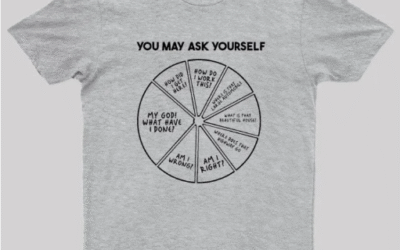36.9 c to f: Understanding Temperature Conversion

36.9 c to f Temperature is a fundamental aspect of our daily lives, influencing everything from the weather we experience to the way our bodies function. Different regions use different temperature scales, with Celsius and Fahrenheit being the most common. Understanding how to convert between these scales is essential, especially when interpreting weather forecasts, cooking recipes, or medical readings. In this article, we’ll explore the conversion of 36.9°C to Fahrenheit and delve into the broader context of temperature measurement.
What Does 36.9°C Represent?
A temperature of 36.9°C is often associated with the human body’s normal temperature. While 37°C is widely accepted as the average, slight variations are normal and can be influenced by factors such as time of day, activity level, and measurement method. Understanding this baseline is crucial for identifying fevers or other health-related concerns.
The Celsius and Fahrenheit Scales
The Celsius scale, used predominantly worldwide, sets the freezing point of water at 0°C and the boiling point at 100°C. Conversely, the Fahrenheit scale, primarily used in the United States, places water’s freezing point at 32°F and boiling point at 212°F. These differences necessitate a reliable method for converting temperatures between the two scales
The Conversion Formula
To convert Celsius to Fahrenheit, the following formula is used:
Fahrenheit (°F) = (Celsius (°C) × 9/5) + 32
Applying this formula to 36.9°C
(36.9 × 9/5) + 32 = 98.42°F
Therefore, 36.9°C is equivalent to 98.42°F.
Practical Applications
Medical Context
In medical settings, accurate temperature readings are vital. A body temperature of 36.9°C (98.42°F) is considered normal. Recognizing deviations from this norm can help identify fevers or hypothermia, prompting timely medical intervention.
Weather Forecasting
Weather reports often use different temperature scales depending on the region. Understanding how to convert between Celsius and Fahrenheit enables individuals to interpret forecasts accurately, ensuring appropriate clothing choices and activity planning.
Cooking and Baking
Recipes may list oven temperatures in either Celsius or Fahrenheit. Being able to convert these temperatures ensures that dishes are cooked correctly, affecting taste and safety
Tools for Conversion
While manual calculations are effective, numerous tools simplify the process:
-
Digital Thermometers: Many modern thermometers display temperatures in both Celsius and Fahrenheit.
-
Online Converters: Websites and apps offer instant conversions, reducing the chance of error.
-
Smartphone Apps: Various applications provide temperature conversion features, often alongside other measurement tools.
Understanding Temperature Variations
It’s essential to recognize that normal body temperature can vary slightly among individuals and throughout the day. Factors influencing these variations include:
-
Time of Day: Body temperature typically fluctuates, being lower in the morning and higher in the evening.
-
Physical Activity: Exercise can temporarily raise body temperature.
-
Measurement Method: Oral, rectal, and axillary (underarm) readings can yield different results
Conclusion
Understanding how to convert temperatures between Celsius and Fahrenheit is a valuable skill, applicable in various aspects of daily life. By mastering this conversion, individuals can interpret medical readings, weather forecasts, and cooking instructions more effectively. Remember, 36.9°C equates to 98.42°F, a temperature indicative of a healthy human body.36.9 c to f











